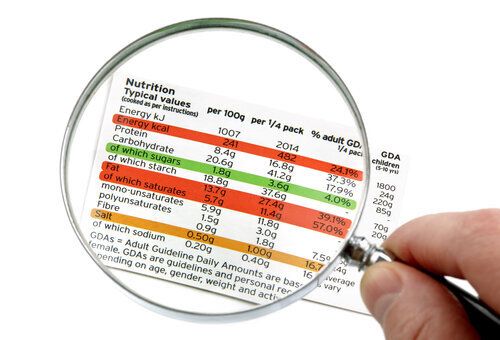
The Ontario Medical Association has a controversial yet much needed idea of putting a graphic picture and warning of health risks on foods and beverages that have no nutritional value. There is a plethora of misleading nutritional claims on foods today indicating health. How would you react to a soft drink showing an image of a detailed foot ulcer resulting from diabetes type 2 or meat pizza with a diseased liver? Not very appetizing, but it has been done and worked for cigarette labels.
BLOG CONTINUES AFTER SLIDESHOW
What's wrong with the information printed on foods today?
The nutrition label can be misleading. People don't always know what their calorie, fat, sodium or sugar intake should be for a meal or the day. The manufacturers also will intentionally state smaller serving sizes than appropriate to make the food look healthier. Due to this it's difficult for customers to compare products from different manufacturers.
Foods may promote on the front label those nutrients that are healthier. For example the food may be low in fat, but if you read the nutrition label carefully there may be excess calories or sodium. To be a part of the Heart and Stroke Health Check, manufacturers have to pay which puts larger food companies at an advantage. Just because a food may be good for your heart doesn't mean it is low in calories or sugar, it means it is low in saturated fat.
Proposed government food warning labels
England has already started on this path by giving foods a red, green or yellow warning label based on nutritional information such as excess fat, calories or sugar. This is a straight forward method so customers don't have to do guess work on the confusing numbers.
The Ontario Medical Association's president Doug Weir has watched what the tobacco warnings have accomplished. But experts report that this is not an easy task. For example pure fruit beverages may be loaded with vitamins and minerals but have excess unnecessary calories. Monounsaturated oils may be heart healthy but calories are high.
They also want higher taxes on foods that have excess fat, sugar and sodium, lower taxes on healthy foods and limits on foods sold to those under 18 at entertainment venues.
I believe we have to do more than what is being done today. Obesity is increasing for adults and children as well as associated diseases such as diabetes type 2, heart and stroke disease, and certain cancers. More drastic measures like this type of food labelling may have to be the next step.
